
About AzaadiSAT-2:
- It has been developed by about 750 girl students across India.
- They contributed to the design and construction of the satellite built by Chennai-based startup Space Kidz India.
- The girls received training both online and, in some cases, in-person.
- Experiment materials were sent to these girls and they were guided on how to use it.
- “SpaceKidz developed basic and simple experiments that students can learn and assemble with the simultaneous support of their science teachers.
- Objective: It aims to measure various health data like temperature and reset count from 75 student experiments installed inside the satellite.
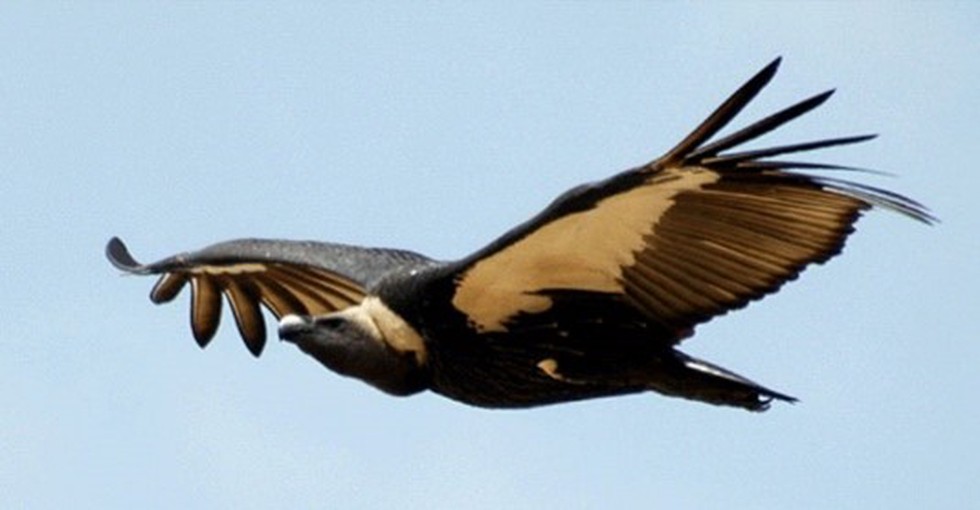
About Indian white-backed vulture:
- They are medium-sized, dark vultures.
- Scientific name: Gyps bengalensis
- Distribution: Pakistan, India, Bangladesh, Nepal, Bhutan, Myanmar (Burma), Thailand, Laos, Cambodia, and southern Vietnam.
- Habitat: Found mostly in plains and less frequently in hilly regions. Can also be seen in villages and cities near to cultivation.
- Features:
- Adults are 75 to 85 cm tall.
- White neck ruff, rump and under wing coverts.
- Adults tend towards black coloration, while younger individuals are browner
- Their wing span is 180 to 210 cm
- Weight: Ranges from 5 to 7.5 kg
- IUCN Status: Critically Endangere
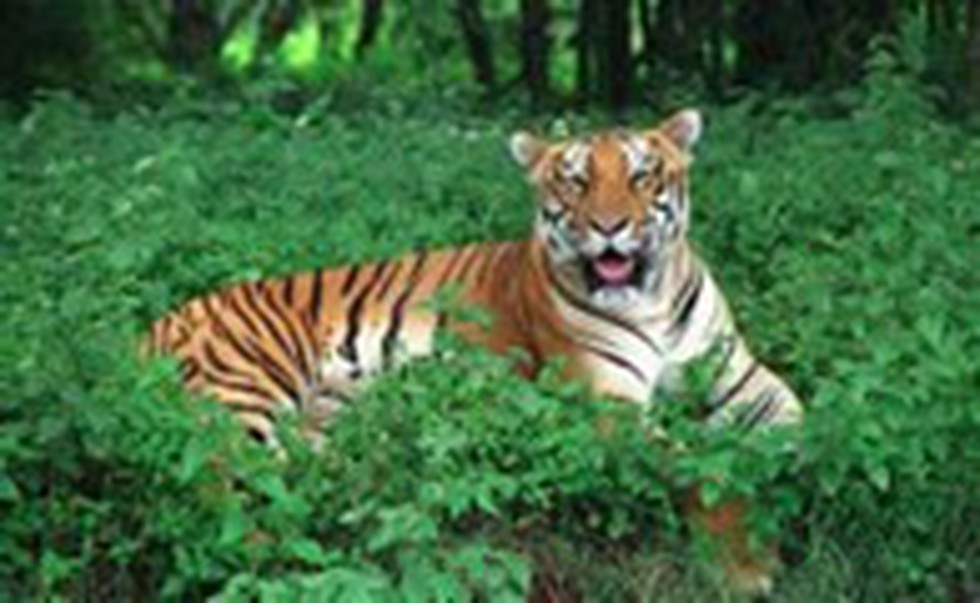
About Similipal Tiger Reserve (STR):
- Location: STR is located within the Mayurbhanj District, in the Northern-most part of Odisha.
- It is surrounded by high plateaus and hills, the highest peak being the twin peaks of Khairiburu and Meghashini (1515m above mean sea level).
- The terrain is mostly undulating and hilly, interspersed with open grasslands and wooded areas.
- It was declared a 'Tiger Reserve' in the year 1956 and included under the national conservation programme 'Project Tiger' in 1973.
- The STR along with a 'transitional area' of 2250 sq. km has been included as a part of the World Network of Biosphere Reserves by UNESCO in the year 2009.
- It is the only landscape in the world that is home to melanistic tigers.
- The region around STR is home to a variety of tribes including Kolha, Santhala, Bhumija, Bhatudi, Gondas, Khadia, Mankadia and Sahara.
- Flora:
- An astounding 1078 species of plants including 94 species of orchids are found here.
- Eucalyptus, are also the major floral attraction in the area.
- Fauna: Leopard, Gaur, Elephant, Langur, Barking and Spotted Deer, Sloth Bear Mongoose, Flying Squirrel, Porcupine, Turtle, Monitor Lizard, Python, Sambar, Pangolin etc

About Article 105:
- Article 105 deals with “powers, privileges, etc of the Houses of Parliament and of the members and committees thereof”, and has four clauses. These are
- Freedom of speech is guaranteed in Parliament, subject to the provisions of this constitution and the rules and standing orders governing its conduct.
- No member of Parliament shall be subject to proceedings in any court with respect to anything said or any vote cast by him in the House of Commons or any of its committees, and no person shall be subject to such liability with respect to the publication of any report, paper, votes, or proceedings by or under the authority of either House of Parliament.
- In all other respects, each House of Parliament’s members, committees, and powers, privileges, and immunities shall have such powers, privileges, and immunities as may from time to time be determined.
- The provisions of sections (1), (2), and (3) shall apply to individuals who, pursuant to this constitution, have the right to speak in and otherwise participate in proceedings of a House of Parliament or any committee thereof, in the same manner as they do for members of Parliament.
- Article 105 envisages Parliamentary Privileges of a House in two different aspects—
- Collective Privileges: Various privileges such as internal autonomy, power to punish for contempt in case of breach of privileges and also external interferences by strangers, freedom of speech in the debates, and the passing of resolutions expressing the collective opinion of the members for the public interest, rule-making powers, etc. can be enjoyed collectively by the House itself.
- Individual Privileges: Privileges such as conferring protection from arrests of the members of both Houses in civil proceedings, freedom of speech and expressions in a much broader manner than that is guaranteed as a fundamental right to every citizen by the Constitution, etc. can be enjoyed by the individual members of the both Houses.

About 199145 (2005 YY128):
- 199145 (2005 YY128) is an asteroid whose orbit crosses the orbit of Earth.
- It orbits the sun every 774 days (2.12 years) in an elliptical orbit.
- 2005 YY128 is probably between 566 to 1.265 kilometers in diameter.
- Its orbit is 0.03 astronomical unit from Earth's orbit at its closest point.
What is an Asteroid?
- Asteroids are small, rocky objects that orbit the sun.
- Although asteroids orbit the sun like planets, they are much smaller than planets.
- Most of them live in the main asteroid belt—a region between the orbits of Mars and Jupiter.
What is an astronomical unit (AU)?
- An Astronomical Unit (AU) is the average distance between Earth and the Sun, which is about 93 million miles or 150 million kilometers.
- Astronomical units are usually used to measure distances within our Solar System.

About ASEAN Digital Ministers (ADGMIN) meeting:
- It is an annual meeting of telecom ministers of 10 ASEAN (Association of South-East Asian Nations) countries and dialogue partner countries.
- The 3rd ministers meeting approved the India-ASEAN Digital Work Plan 2023.
- The work plan includes capacity building and knowledge sharing in emerging areas in the field of Information and Communication Technologies such as Artificial Intelligence in Cyber Security, Application of IoT & AI in Next Generation Smart City & Society 5.0, etc.
- The ongoing and proposed projects in ICTs will strengthen collaboration between India and ASEAN by leveraging complementary strengths of each other.
Key facts about ASEAN
- It is a group of the Association of Southeast Asian Nations, which was established in 1967 with the signing of the Bangkok declaration.
- Founding members: Indonesia, Malaysia, Philippines, Singapore and Thailand.
- Presently ASEAN comprises 10 member states namely Indonesia, Malaysia, Philippines, Singapore, Thailand, Brunei, Laos, Myanmar, Cambodia and Vietnam.
- It promotes intergovernmental cooperation and facilitates economic, political, security, military, educational, and sociocultural integration between its members and other countries in Asia.
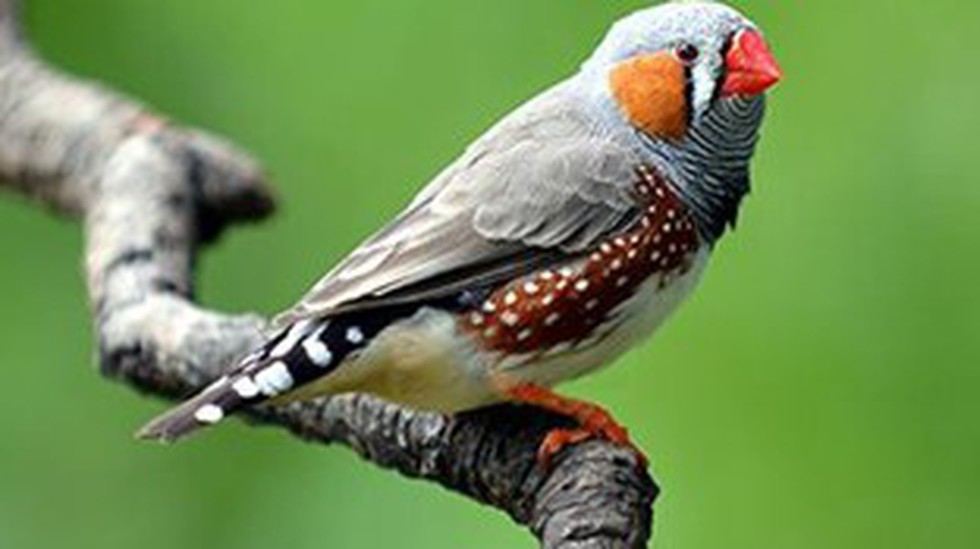
Why in news?
- The first-ever festival was organised by the Sundarban Tiger Reserve (STR) division of the West Bengal Forest Department, where six teams visited different areas inside the Sundarban Biosphere Reserve.
Key facts of the Sundarban Biosphere Reserve
- The Sundarbans is located on the delta of the Ganga, Brahmaputra and Meghna rivers in the Bay of Bengal.
- This Biosphere Reserve includes Sundarban Tiger Reserve, Sundarban National Park (core area), Halliday Island and Lothian Island Wildlife Sanctuaries with Sajnakhali Wildlife Sanctuary forming its buffer area.
- It is designated as a UNESCO World Heritage site.
- Flora: The vegetation of the area is moist tropical forests and tidal forests.
- Fauna: It is home to Royal Bengal Tiger, Estuarine Crocodile, Gangetic Dolphin, Water Monitor Lizard etc.
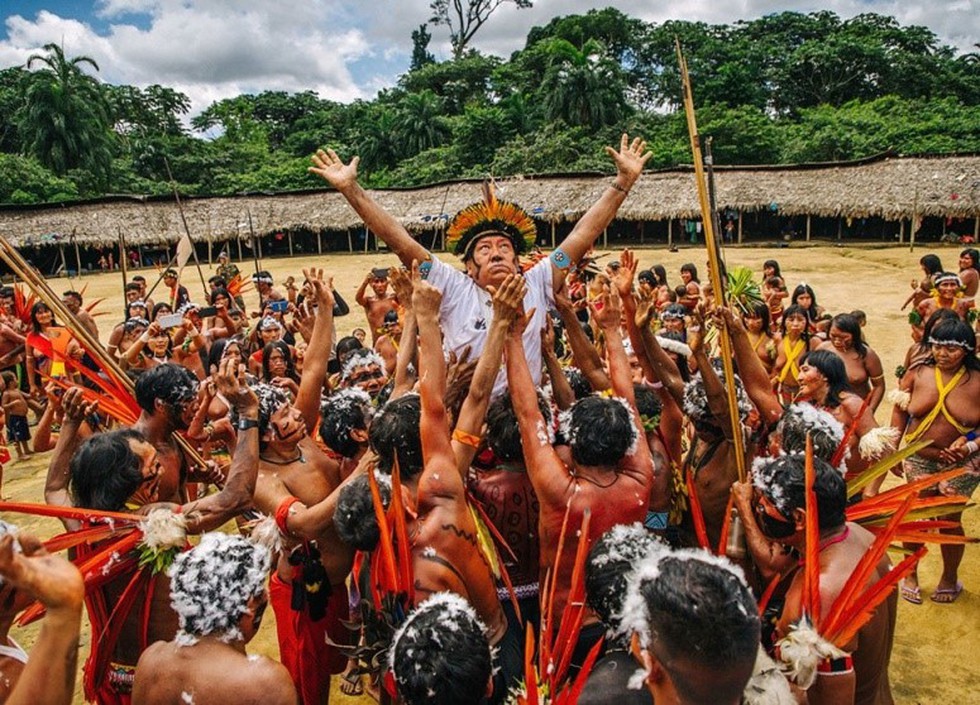
About Yanomami people:
- The Yanomami tribe is a group of indigenous people who live in an area spanning the border region between Venezuela (Orinoco River basin) and Brazil.
- They are also called South American Indians.
- They speak the Xirianá language.
- Economy and Occupation: They are foraging horticulturists who depend on shifting cultivation, the gathering of fruits, banana cultivation, hunting, etc., for their livelihood.
Who is Davi Kopenawa Yanomami?
- He is known as the ‘Dalai Lama of the Rainforest’.
- He was the recipient of the Right to Livelihood Award in Stockholm in Sweden (also called the Alternative Nobel Prize).
- He is well known for leading the 20-year campaign of the Yanomami people to protect their traditional lands which is the largest rainforest area under indigenous control in the world.
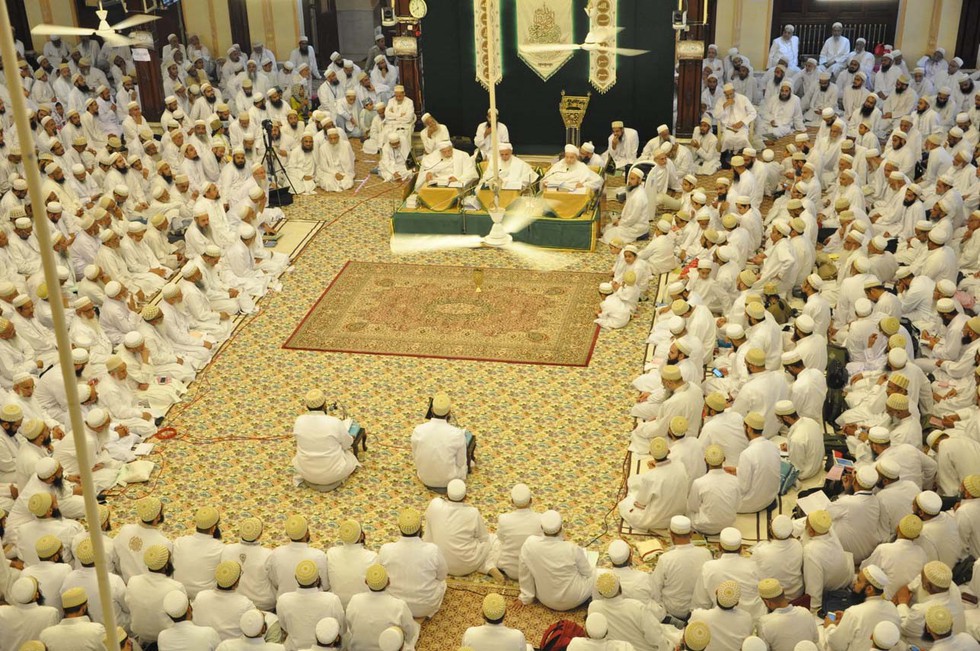
About the Dawoodi Bohra Community:
- The Dawoodi Bohras are members of the Muslim community’s Shia sect.
- In India, they are located mainly in Gujarat and were traditionally shopkeepers and traders.
- The main language of the community is Lisan al-Dawat, a dialect of Gujarati with inclusions from Arabic and Urdu.
- The leader of the community is known as the Al-Dai-Al-Mutlaq.
- For over 400 years, the leader has been based out of India, including the current and 53rd leader, His Holiness Dr Syedna Mufaddal Saifuddin.
What is Excommunicate?
- In practice, being excommunicated includes not being allowed to access a mosque belonging to the community or a burial dedicated to the community.
- The Bombay Prevention of Excommunication Act, of 1949 was enacted to stop the practice of excommunication prevalent in certain communities.
- This is because excommunication is said to deprive the legitimate rights and privileges of its members.
- The leader of the community has the right to excommunicate its members.
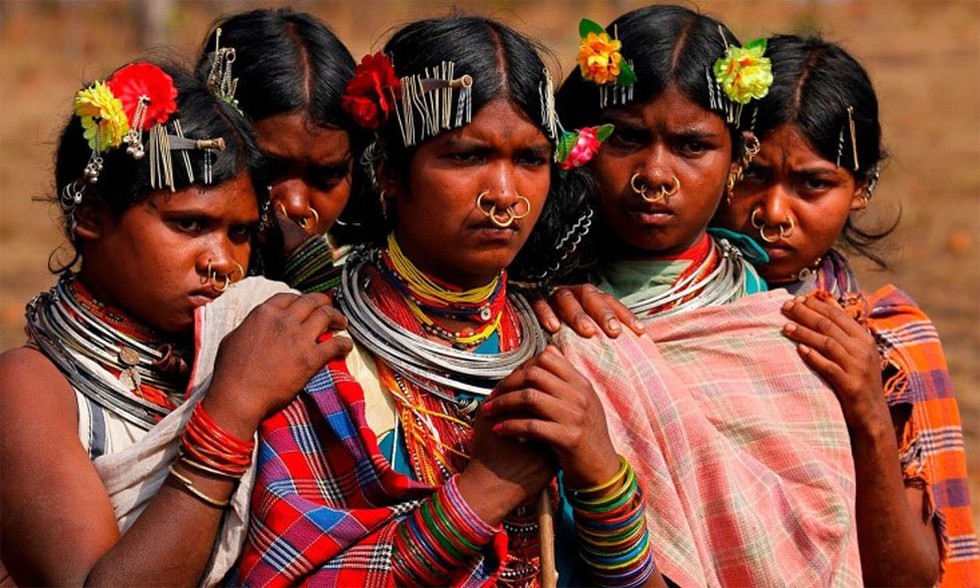
About Baiga Tribe:
- The Baiga Tribe is one of the Particularly Vulnerable Tribal Groups (PVTGs).
- They reside in Chhattisgarh, Jharkhand, Bihar, Odisha, West Bengal, Madhya Pradesh and Uttar Pradesh.
- Occupation: Traditionally, the Baiga lived a semi-nomadic life and practised slash-and-burn cultivation. Now, they are mainly dependent on minor forest produce for their livelihood.
- They practice a form of shifting cultivation called, "Bewar."
- Mahua is an important aspect of Baiga's food and drink. It is an intoxicant prepared from the fermentation and distillation of the flowers of the Mahua tree.
- Tattooing is an integral part of Baiga culture, every age and body part has a specific tattoo reserved for the occasion.



.jpg)

























































































































































.png)
.png)
.png)
.png)
.png)


.png)
.png)
.png)





.png)
.png)






.png)
.png)
.png)
.png)
.png)
.png)
.png)
.png)
.png)

.png)







.png)
.png)


.png)
.png)
.png)


.png)

.png)
.png)





.jpg)

.png)
.png)


.png)

.png)
.png)
.png)

.jpg)

.jpg)


.png)

.png)
.png)
.png)
.png)
.png)
.png)
.png)
.png)
.png)
.png)




.png)

.png)





.png)
.png)
.png)
.png)
.png)
.png)
.png)
.png)
.png)
.png)
.jpg)
.jpg)

.png)
.png)
.png)
.png)
.png)
.png)
.png)
.png)
.png)
.png)
.png)
.png)
.png)
.png)
.png)
.png)
.png)
.png)
.png)
.png)
.png)
.png)



.png)
.png)

.jpg)
.jpg)


.jpg)
.jpg)
.jpg)
.jpg)
.jpg)

.jpg)








.jpg)
.jpg)
.jpg)
.jpg)
.jpg)

















.jpg)
.jpg)























.jpg)
.jpg)






























































































.jpg)
.jpg)


























.jpg)

.jpg)










.jpg)








.jpg)




.jpg)










.jpg)


















.jpg)












































.jpg)














.jpg)
.jpg)
.jpg)





.jpg)

.jpg)
.jpg)





































































.jpg)


































.jpg)
.jpg)
















































.jpg)












.jpg)


.jpg)




.jpg)
.jpg)
.jpg)

.jpg)
.jpg)
.jpg)
.jpg)

.jpg)
.jpg)
.jpg)

.jpg)
.jpg)
.jpg)
.jpg)
.jpg)
.jpg)
.jpg)
.jpg)

.jpg)


.jpg)
.jpg)
.jpg)
.jpg)
.jpg)
.jpg)
.jpg)
.jpg)
.jpg)
.jpg)











.jpg)
.jpg)





.jpg)
.jpg)
.jpg)
























.jpg)
























.jpg)









.jpg)
.jpg)







.jpg)
.jpg)









































.jpg)
.jpg)
.jpg)
.jpg)
.jpg)

.jpg)
.jpg)
.jpg)
.jpg)
.jpg)


.jpg)
.jpg)
.jpg)
.jpg)
.jpg)

.jpg)
.jpg)
.jpg)
.jpg)
.jpg)
.jpg)
.jpg)
.jpg)
.jpg)
.jpg)
.png)

.png)
.png)

.png)
.png)
.png)
.png)


.jpg)
.jpg)

.jpg)
.jpg)
.jpg)

.png)
.png)
.png)
.png)
.png)
.png)
.png)

.png)
.png)
.png)
.png)
.png)
.png)
.png)
.png)
.png)
.png)





































































-min.png)



.png)




.png)








































